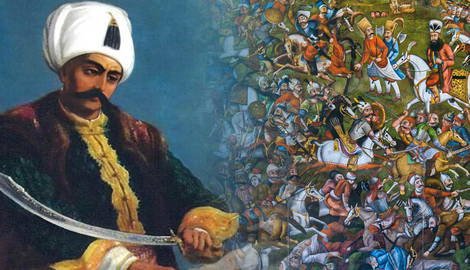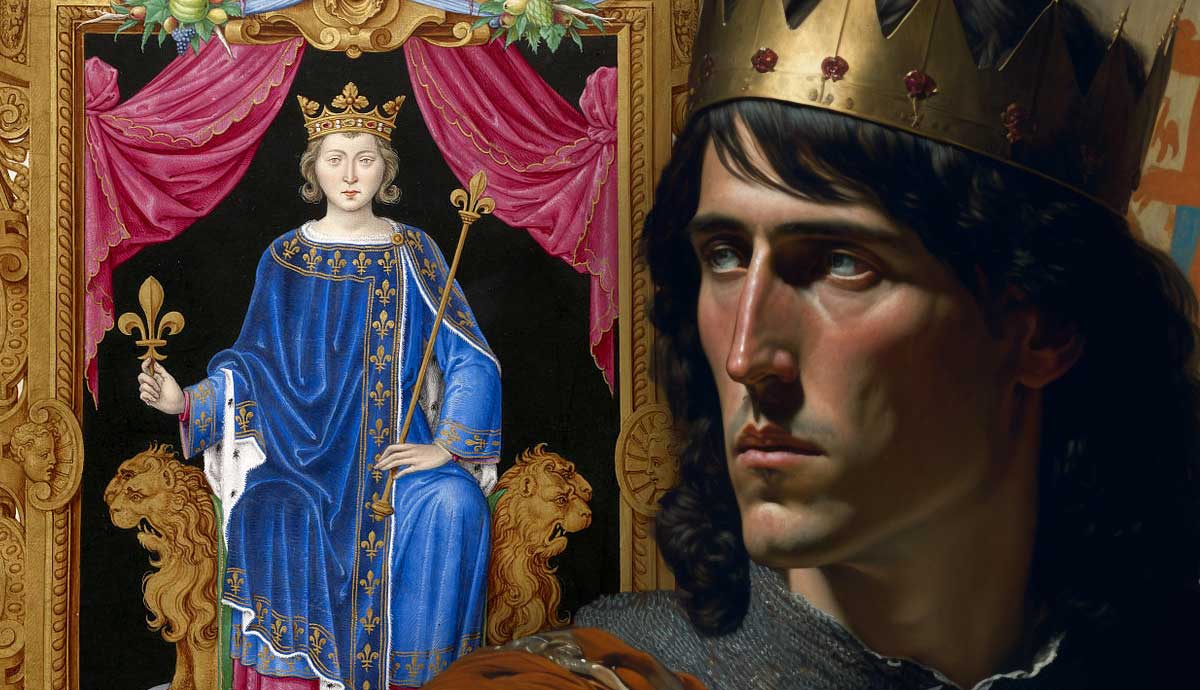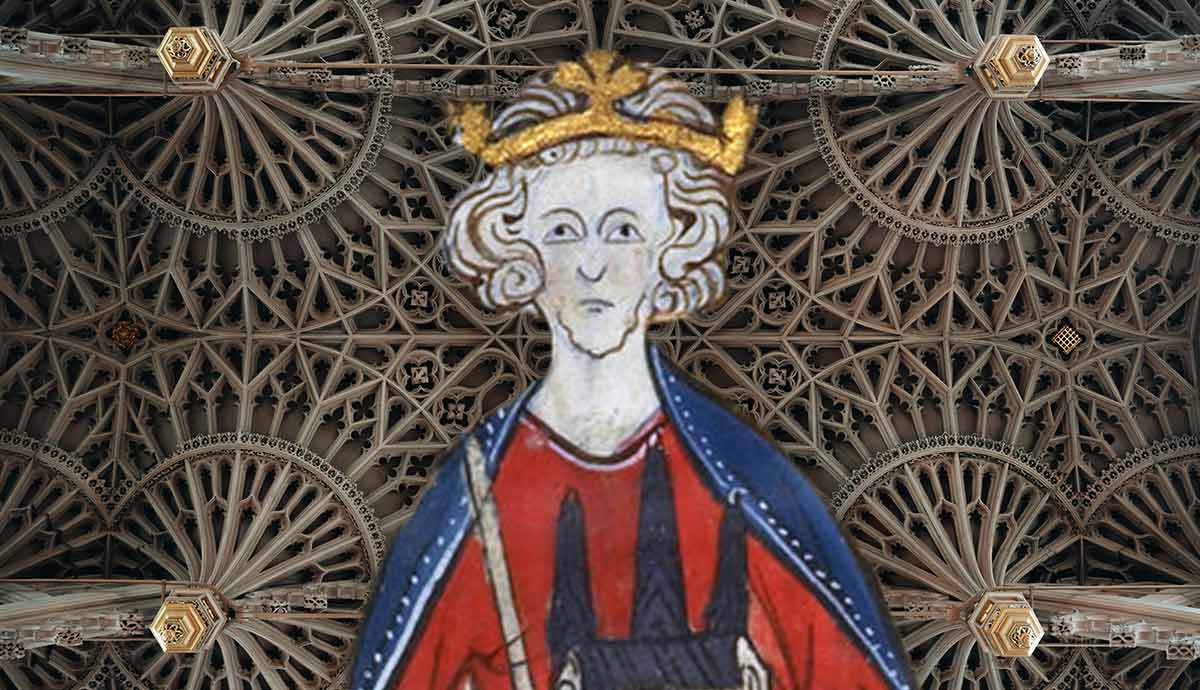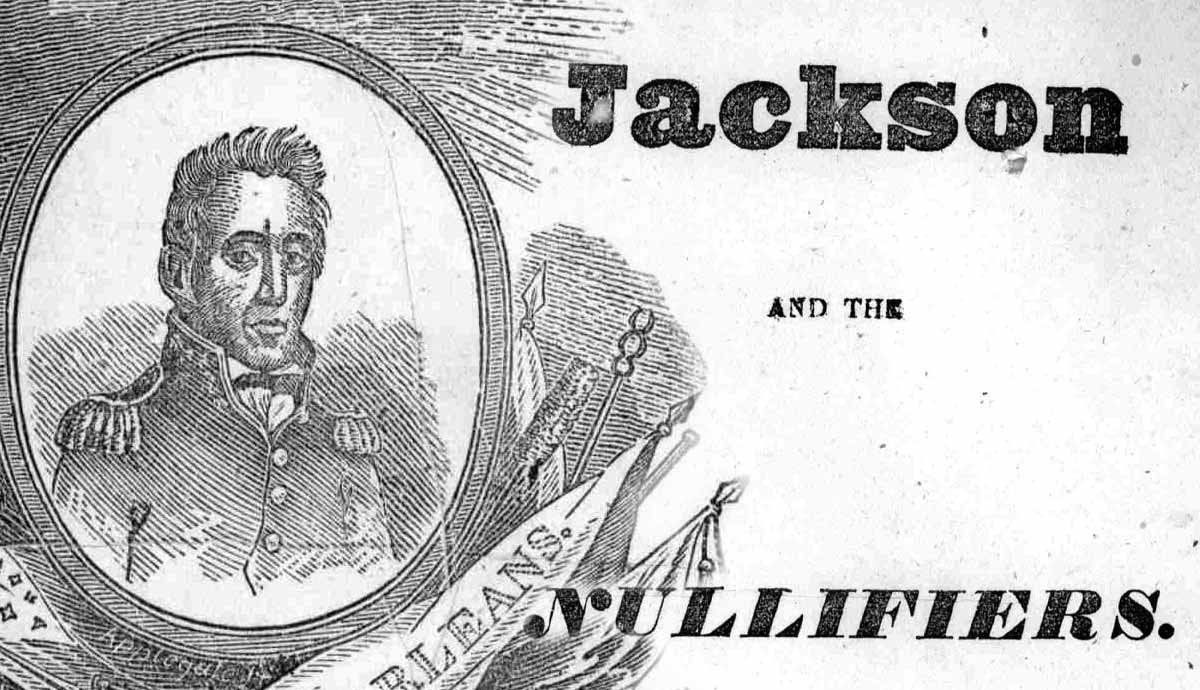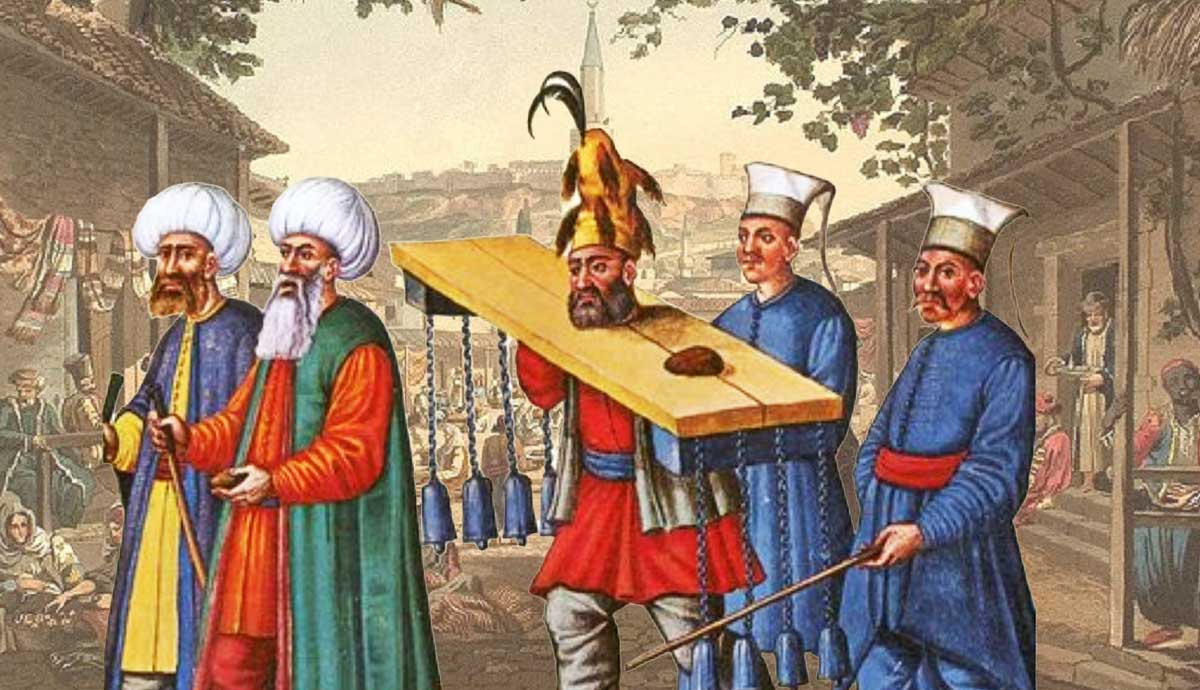
Selim I, who was nicknamed “the Grim” was the ruler of the Ottoman Empire from 1512-20. Despite his short reign, he is comfortably one of the most famous of all the Ottoman Sultans. Sultan Selim’s reign saw a huge expansion of the Ottoman Empire, which helped to lay the foundations for his much more famous successor, Suleiman I, better known as Suleiman the Magnificent. However, Selim’s reign was not without its controversies…
Selim’s Early Life and Governorship of Trabzon

Selim was born in Amasya, a city in modern-day northern Türkiye, on October 10, 1470. His father was not sultan at the time of his birth, but he would go on to rule as Sultan Bayezid II. Very little is known about Selim’s childhood years, but it is clear that he rose to power fairly quickly.
Before long, Selim was made Governor of Trabzon, a province in north-eastern Türkiye, and this is where he really came into his own. He earned a notorious reputation among his men for his confrontations with the Safavid Persians, the most famous of which was known as the Campaign of Trabzon in 1505, one of the best underdog victory stories in history.
Selim’s Ottoman forces numbered approximately 450, while Shah Ismail’s brother, who led the Safavid Persian forces, had a force of around 3,000 men. It was a resounding victory for the Ottomans, as Selim’s forces rounded on the Safavids, massacred the majority of them, seizing their arms and munitions.

Selim’s next victory against the Safavids came two years later in 1507, when he defeated them at the Battle of Erzincan. This time, Shah Ismail had marched a force into Ottoman territory, and on top of that, he had recruited Turks to be a part of his army. Naturally, Selim was outraged. However, his father, Bayezid II, refused to retaliate. Selim took matters into his own hands and amassed an Ottoman force to defeat the Safavids. Selim’s force was much smaller than the Safavid force, but once again Selim proved that numbers did not always matter on the battlefield.
Yet Selim’s victories as Governor of Trabzon were not over yet. The following year, in 1508, Selim invaded the Caucasus and brought western Georgia under control. By doing so, he also successfully incorporated Guria and the Kingdom of Imereti under Ottoman control. In the process, he also enslaved approximately 10,000 Georgian women and children.
Shah Ismail had still not forgotten the loss that his brother’s forces had faced in 1505. By 1510, he thought it was the right time to strike again, but unfortunately for Ismail, he was defeated by Selim’s forces once more.
Selim’s Accession Troubles

In the short space of five years, Selim had shown himself to be a capable military leader and a successful warrior. His grandfather was the infamous Mehmed the Conqueror, and it appeared that it was from his grandfather that he inherited his military and warrior-like streak, rather than his father, who was generally perceived as a weak ruler.
However, it was Selim’s older brother, Ahmed, who was chosen to succeed their father to the Ottoman throne. Bayezid, although still living, was reluctant to continue reigning as Sultan, so he opted to name Ahmed as heir apparent.
Naturally, this enraged Selim, who was the much more militarily efficient son. Selim had actually incorporated more new territory into the Ottoman Empire — thus making him the more logical choice (primogeniture was not the general rule in the Ottoman Empire, unlike in many Western European monarchies at the time such as those of England, France, and Spain). Selim’s reaction was to rebel, and this ultimately sparked the Ottoman Civil War.
The Ottoman Civil War: Selim Fights His Father

Selim lost the first battle of the war but regrouped and met his father on the battlefield a second time. Once again, Selim was the underdog — his 30,000 troops faced off against his father’s 40,000-strong force. If experience had taught him anything, Selim must have known that he stood a chance, despite being outnumbered by 10,000 men.
And Selim did in fact win — but at a large cost. He only escaped the battle with 3,000 of his 30,000 troops left alive. As a result, Selim ordered the exile of his father to Didymoteicho, a town in modern-day north-eastern Greece. His father died almost immediately afterward, and Selim was proclaimed Sultan of the Ottoman Empire on April 24, 1512.
In order to prevent any further rebellions, Selim ordered the death of two more of his brothers (Korkun and Ahmet) and their sons, while also ensuring that Ahmed was executed too. This is where his sobriquet “the Grim” begins to make sense.
Ordering the deaths of his brothers was inevitably going to cause upset even in Ottoman society — the spilling of royal blood was deemed a barbaric practice. Selim took this seriously and had them strangled to death with silk cords. This practice was adopted by numerous other Ottoman sultans down the line when they needed to dispose of male family members for their own personal and political gain.
Selim’s Religious Massacre

Upon his accession, the religion of the Ottoman Empire became incredibly important. Selim was a Sunni Muslim, and thus the entire Ottoman Empire would need to follow suit. Once again, Selim’s old nemesis the Safavid Shah Ismail had been at work, converting areas to Shia Islam.
In response, Selim made a list of all Shi’ite Muslims from age 7 to 70 within the Ottoman Empire. Predictably, this ended badly. Selim and his forces marched through the major cities, and massacred every Shi’ite Muslim they could find. This crime against humanity would go down as the worst massacre in the history of the Ottoman Empire until the 19th century.
Selim the Grim and Shah Ismail: The Final Showdown

After almost a decade of continuous fighting, it was time for the final showdown between Selim and Shah Ismail. They came to loggerheads at the Battle of Chaldiran on August 23, 1514.
Ironically, despite the battle being the final appearance of Ismail on a battlefield, it was actually just the start of the Ottoman-Persian Wars, which would rage on for the next 41 years, claiming the lives of thousands on both sides. However, the battle was still a key victory for the Ottomans. They successfully annexed Northern Iraq and Eastern Anatolia from the Safavid Empire, thus incorporating it into the ever-expanding Ottoman Empire.
This was an unusual battle where Selim actually had the larger force — estimates suggest that he had around 60,000 to 100,000 soldiers at his disposal, while the Safavids had between 40,000 to 80,000. Although Shah Ismail was not killed at Chaldiran, he was wounded in action. The loss affected him so much that he entered a depressive state, and turned to drinking copious amounts of alcohol. He became somewhat of a recluse, before dying in 1524.
The Ottoman-Mamluk War (1516-17)

Next on Selim’s agenda was the Mamluk Sultanate of Egypt, and he defeated them at the Battle of Marj Dabiq (roughly 40 km north of Aleppo, modern-day Syria) on August 24, 1516. This was once again a significant Ottoman victory, which opened the door for the Ottoman conquest of Egypt. Selim’s 60,000-strong force had faced off against a similar number of Egyptians, and once more he had proved the savvier of the military leaders, leading the Ottomans to victory.
The next key victory in the Ottoman-Mamluk war came just five months later, at the Battle of Ridanieh on January 22, 1517. Both sides had forces made up of approximately 20,000 men, but it was once again another key victory for Selim. The Mamluks were defeated, while the Ottoman forces marched into Cairo.
The leader of the Mamluks, Turman Bay II, was inevitably the last Mamluk Sultan. He was killed, and there are two theories following his death. One theory states that he was beheaded, and his severed head was displayed over a gate in Cairo. The other theory states that he was killed by being hung from the gate, and was left on display for 3 days before being buried. Either way, it is not hard to see why Selim had a reputation for being grim.
The victory at Ridanieh was also significant for the Ottoman Empire in another way—it meant that they now controlled the two Muslim holy cities of Mecca and Medina—a huge win for the Islamic Ottoman Empire.
Selim’s Death and Legacy

Despite Selim’s short reign, it was completely action-packed from start to finish. Selim died on September 22, 1520, aged just 49. There are various theories as to how he died, including being poisoned by a physician, cancer, and even the plague (there was a bout of plague in the 1520s in the Ottoman Empire).
Selim is very famous for the legacy he left behind. The Ottoman Empire that he had inherited (or taken) from his father was completely different to the one that he left his son and successor, the even-more famous Sultan Suleiman I “the Magnificent.”
He had conquered territory from Iraq to Egypt, and established the Ottoman Empire as a major global player in the Early Modern world. His legacy of being “Grim” also reflects on him as a person—a popular Ottoman curse at the time was “may you be one of Sultan Selim’s viziers”—a reference to how many he had murdered on his orders, largely due to his fiery temper.
Nevertheless, Selim is definitely one of the most famous rulers in Ottoman history, and to achieve what he did in the short space of eight years was remarkable. In addition, it is highly unlikely that Suleiman would have succeeded as much as he had if it had not been for his father’s work before him—which is why Suleiman had the Yavuz Selim Mosque commissioned in Istanbul—where Selim is buried to this day.
